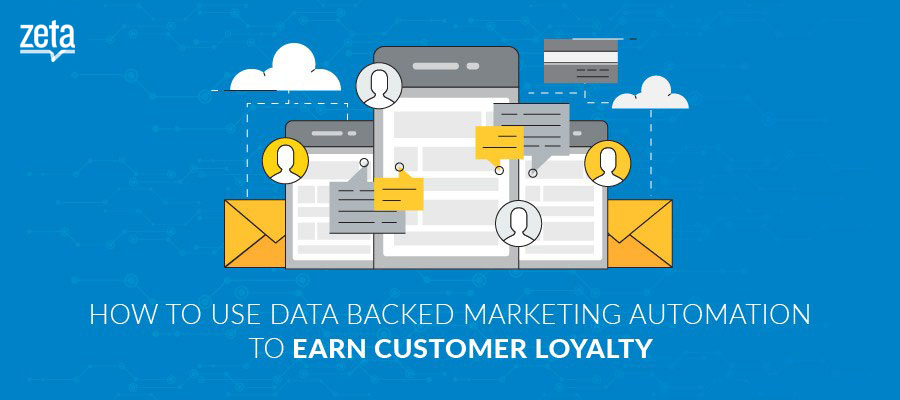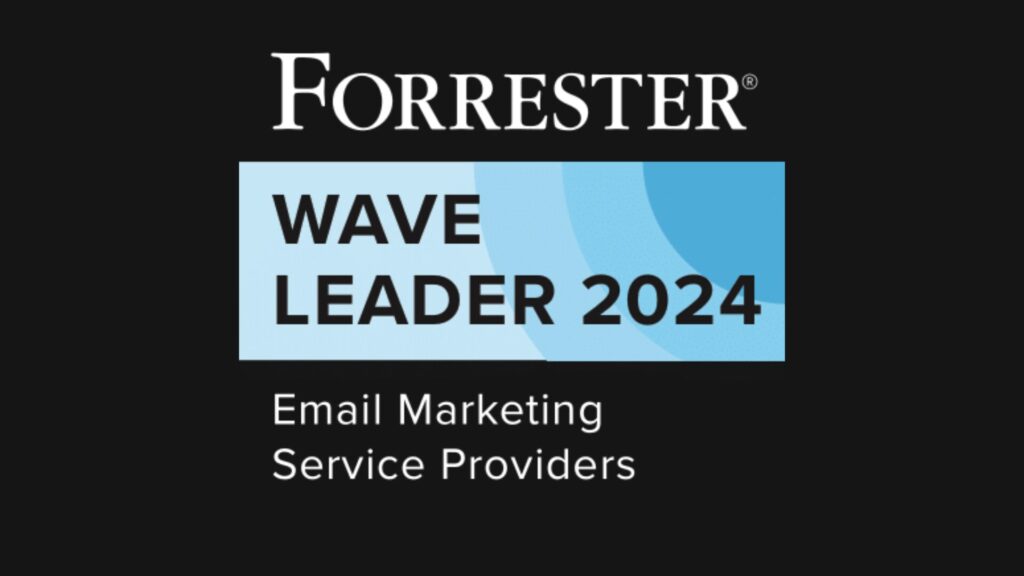
Is Your Customer Data an Asset or a Liability?
I’ve had many roles and responsibilities over the years, but most of my career has been about one thing: managing and curating data to help marketers make better decisions. “Who’s buying our products? How many impressions does it take to get a response? What is the optimal price?” Now, with so much consumer behavior taking place in digital high fidelity it’s not unusual to think about your programs drowning in Big Data. Thankfully advancements in AI have made it possible to survive, shifting focus from “all the data” to the most useful and applicable data for the job at hand.
Until recently, most agreed the best data was simply more data—throw everything in a model and see what we can predict. But emerging privacy and regulations have shifted focus and continue to change how marketers approach their handling of data. Google and Facebook alone have paid billions in regulatory fines that force the question: how do we prevent our most critical asset from becoming a liability?
The fact of the matter is more data is no longer the best data. Smart marketers are becoming more and more focused on the data they retain and own. Perhaps we take a cue from another industry. Uber has used technology to solve for mobility while removing the cost and demands of car ownership. I believe technology can similarly solve for consumer data. AI assists in discovering the best data so we can use less of it to accomplish our goals. But we also need to change the way marketers ‘own’ data. Instead of buying data to onboard, match, and enhance customer records, I believe the future reflects purchasing outcomes versus more data. Just as Uber removed the need to buy a car, technology can remove the need to own the data. Engaging data this way has a number of advantages:
- Keeping only what you need means less data liability
- No waste in unused or underleveraged data
- No more data breakage, matching concerns
- Focus on and clarity of results
We’ve been down similar paths in the past. The early days of black-box results from DSPs remind us that transparency is critical. The future of data as a service model must include transparency to highlight and share what is working, when, where, and how. Data exploration and discovery benefits all marketing efforts, builds customer knowledge, and provides a competitive advantage.
So how do we get there? DMPs, CDPs, CRM – regardless of what three-letter technology play you are considering, here is a starter checklist to help you recognize where you are on the data as an asset journey:
Flexibility
Being ‘in the cloud’ is not enough, you need to break free from rigid structures like table references. A data structure that allows the marketing user to define a new attribute on the fly or add or an element at the individual level. Map two attributes into a new and more targeted answer.
Simplification
Data management cannot be relegated to an ‘IT ticketed’ event. Perhaps you want to restrict it to a few key power users, but the marketer must be able to edit and improve your data.
Accuracy
Access to data is not enough, users must be confident that the data is accurate, correct, aligned with their needs and ready to be used. These ‘master data management’ functions should be front and center. Most marketers admit their data is dirty, inconsistent, and contains duplicates and gaps. As we focus on the best data, the need for it to be pristine becomes even more important.
Connected to Action
Being able to apply the data to execution is the final, most critical requirement. It’s all academic and ‘nice to know’ until you can use it to make decisions and deliver messages. Core to this step is identity management. You may have a persistent customer ID, but real power comes from the ability to translate to other identifiers like device ID and email address without relying on a third party.
All four of these steps should be sought in a single technology. I hear it from clients in every RFP and QBR, they are looking for “fewer, better” technologies that stitch together today’s reality and stave off the data liability in a compliant manner, tackling more of the job with less data loss, breakage, latency and cost. I look forward to spending my future helping marketers learn to navigate the oceans of data, clouds of solutions, and limit the liability of global regulations successfully by steering data driven technology that translates to action and delivers outcomes.
Want to see Zeta in action?
The Zeta Marketing Platform empowers businesses to offer highly tailored experiences driven by AI.



